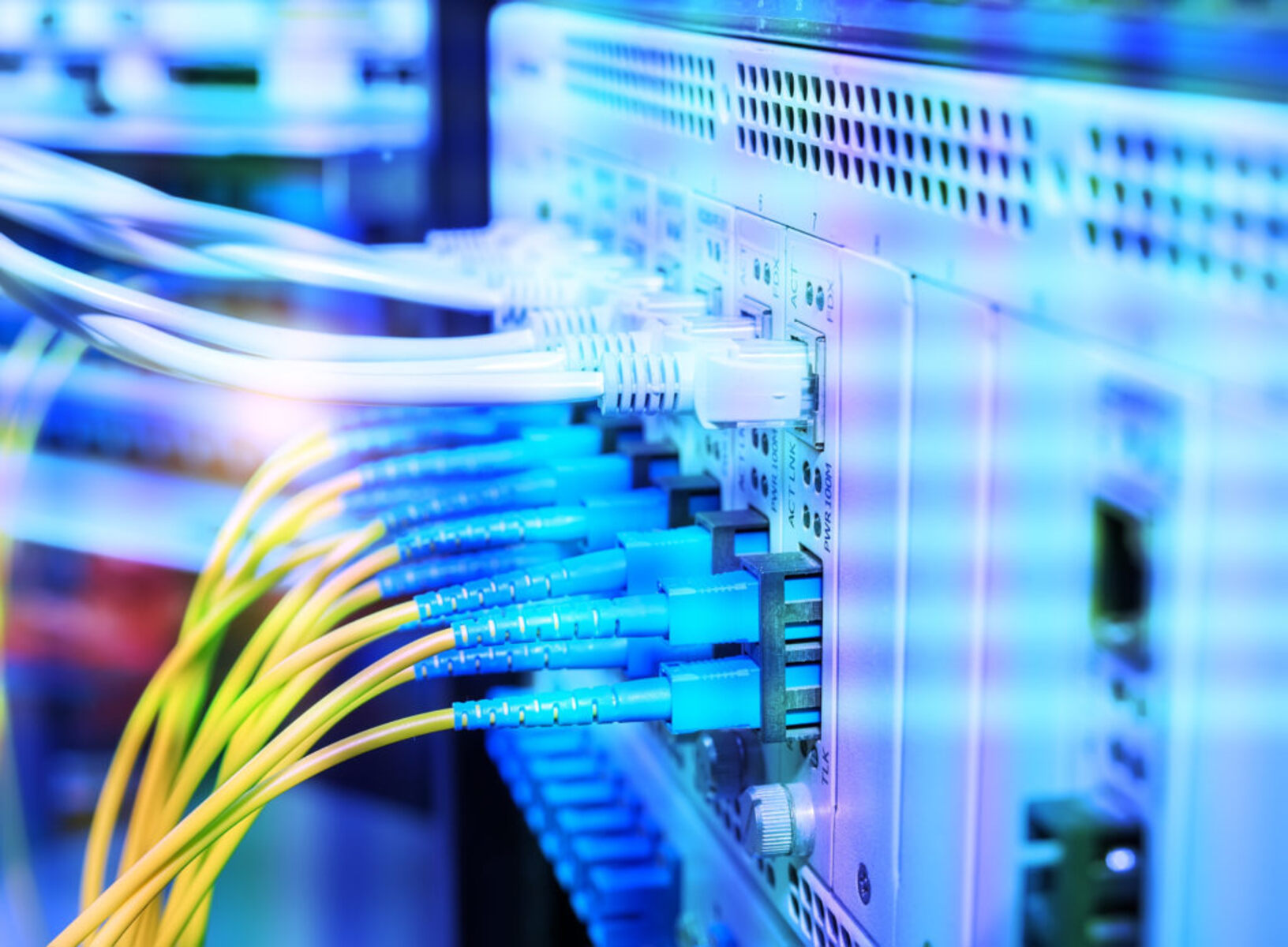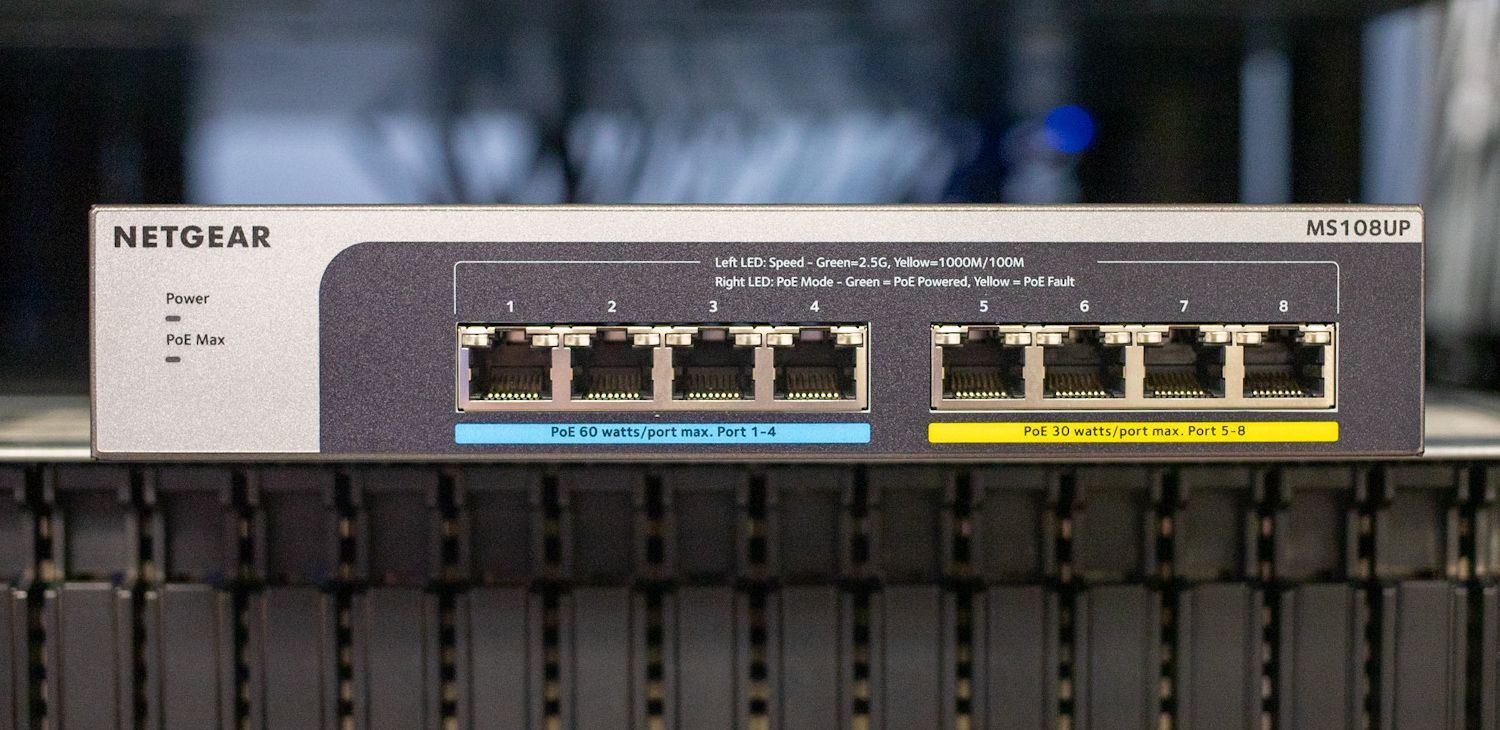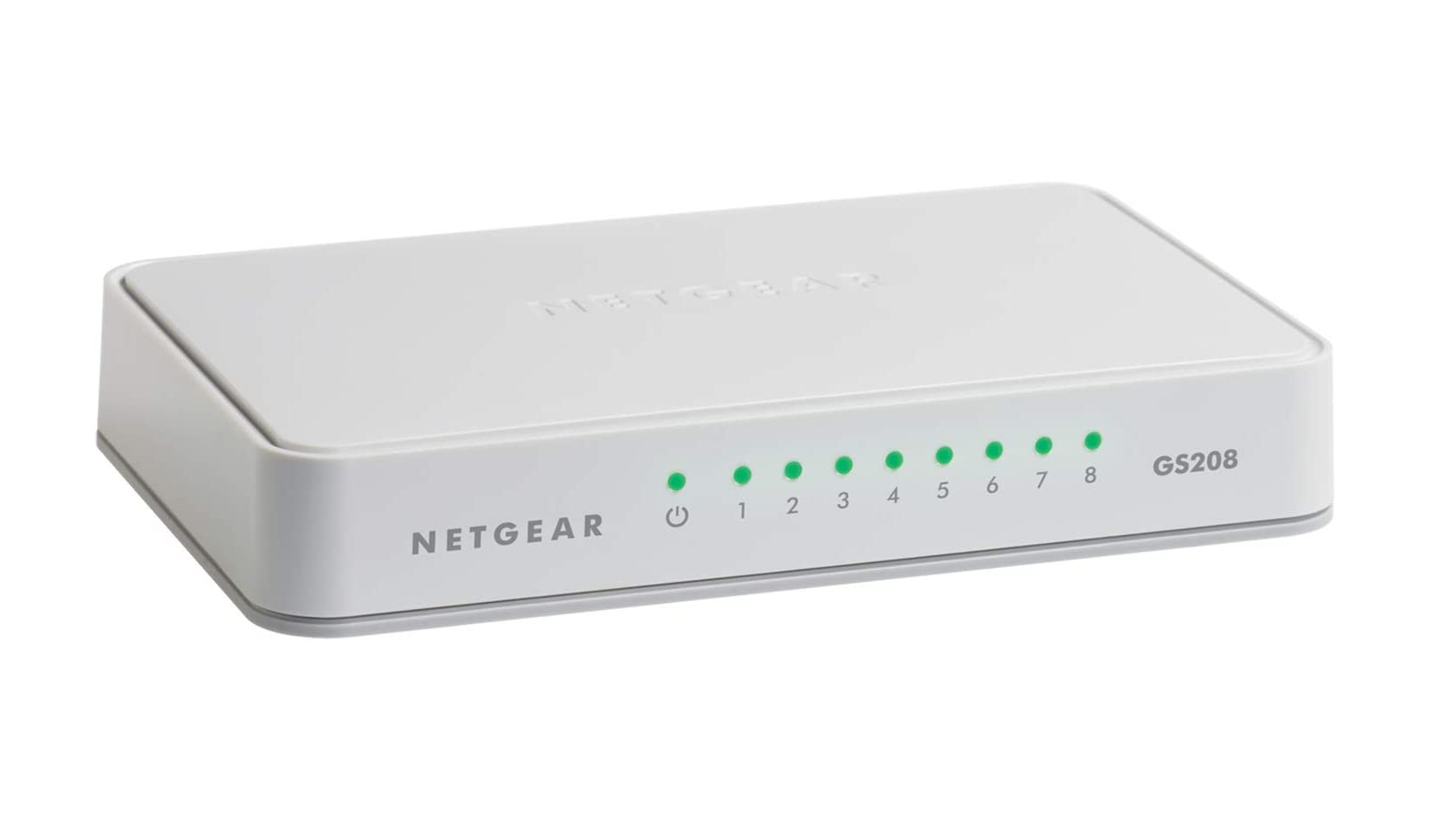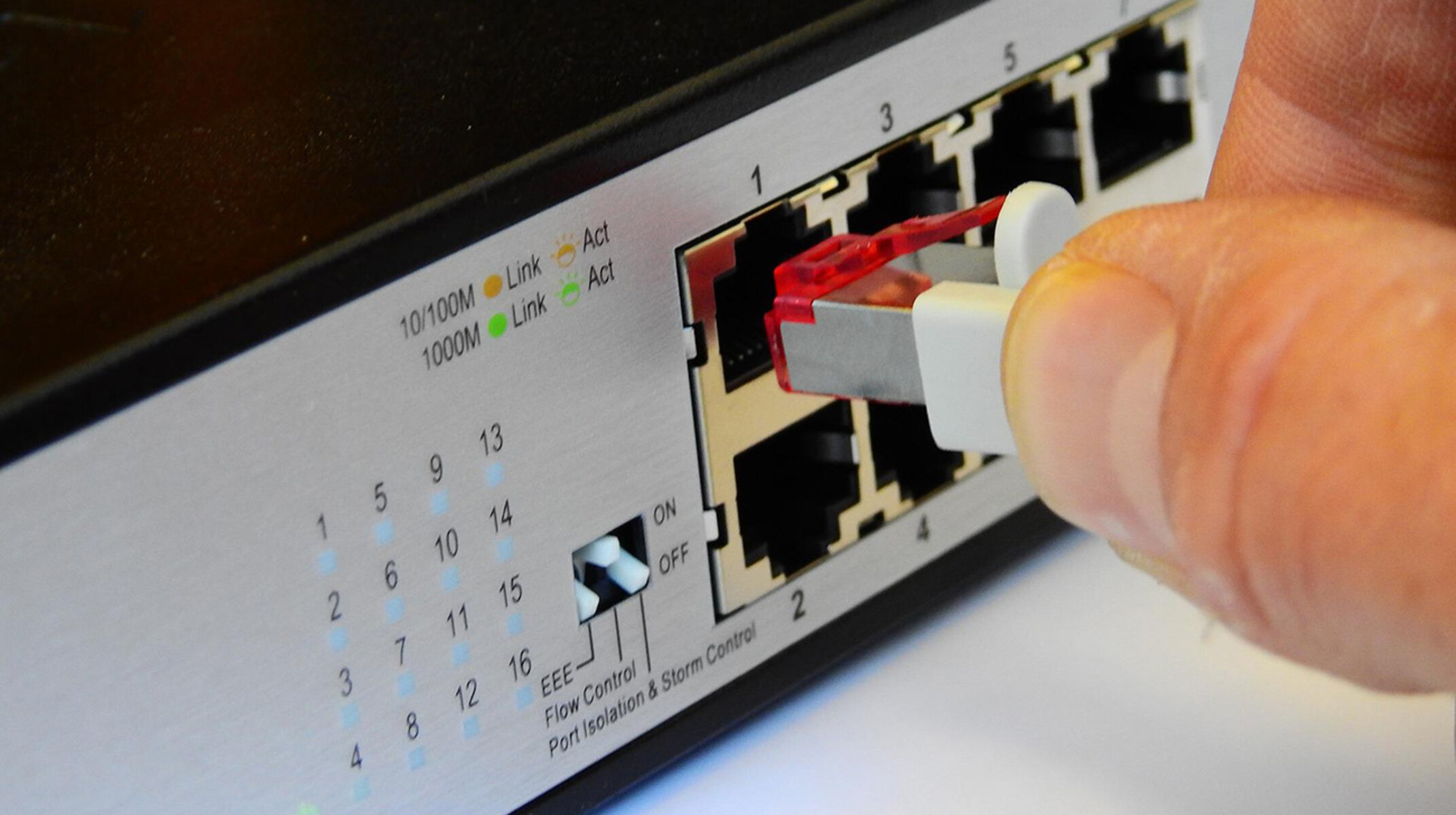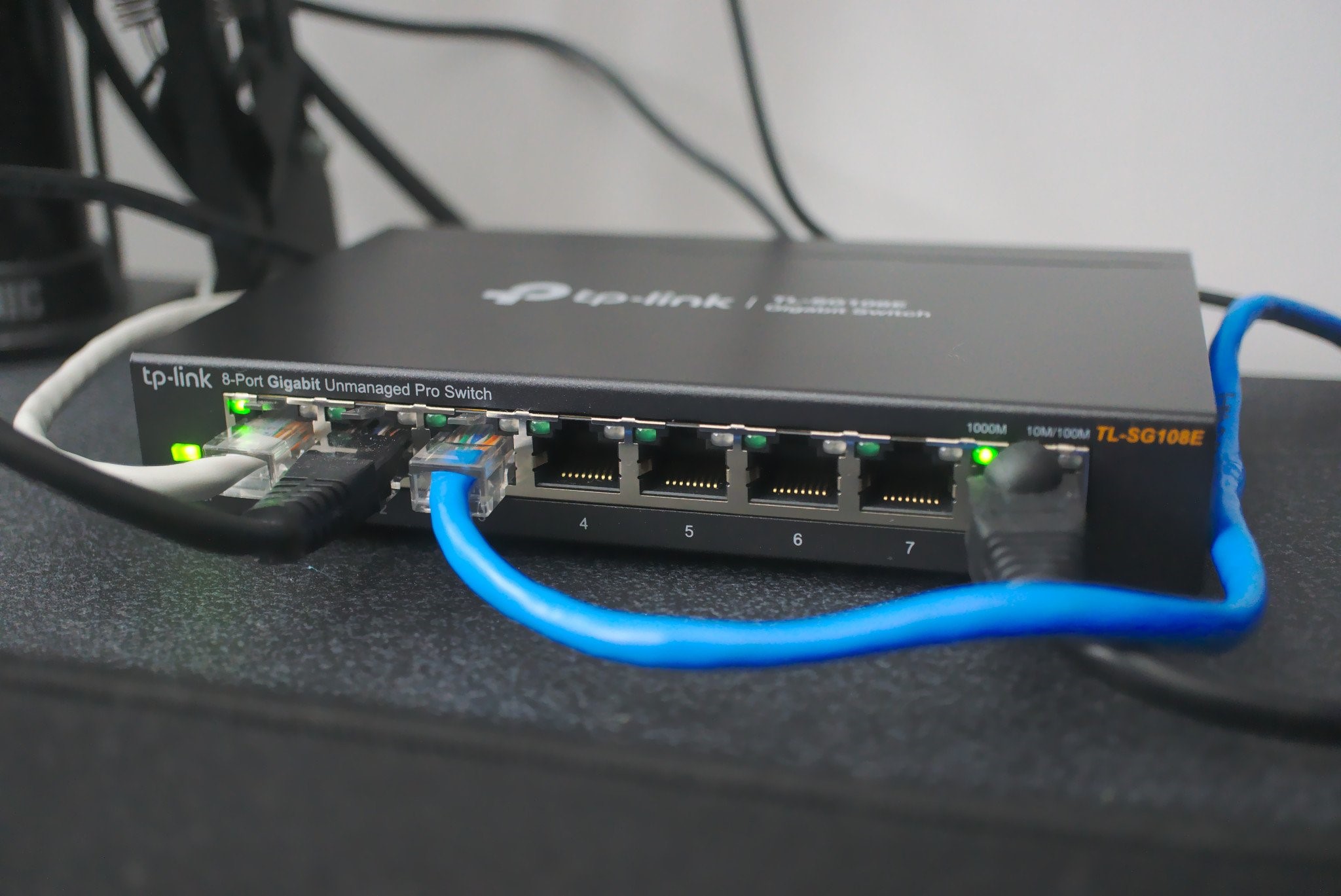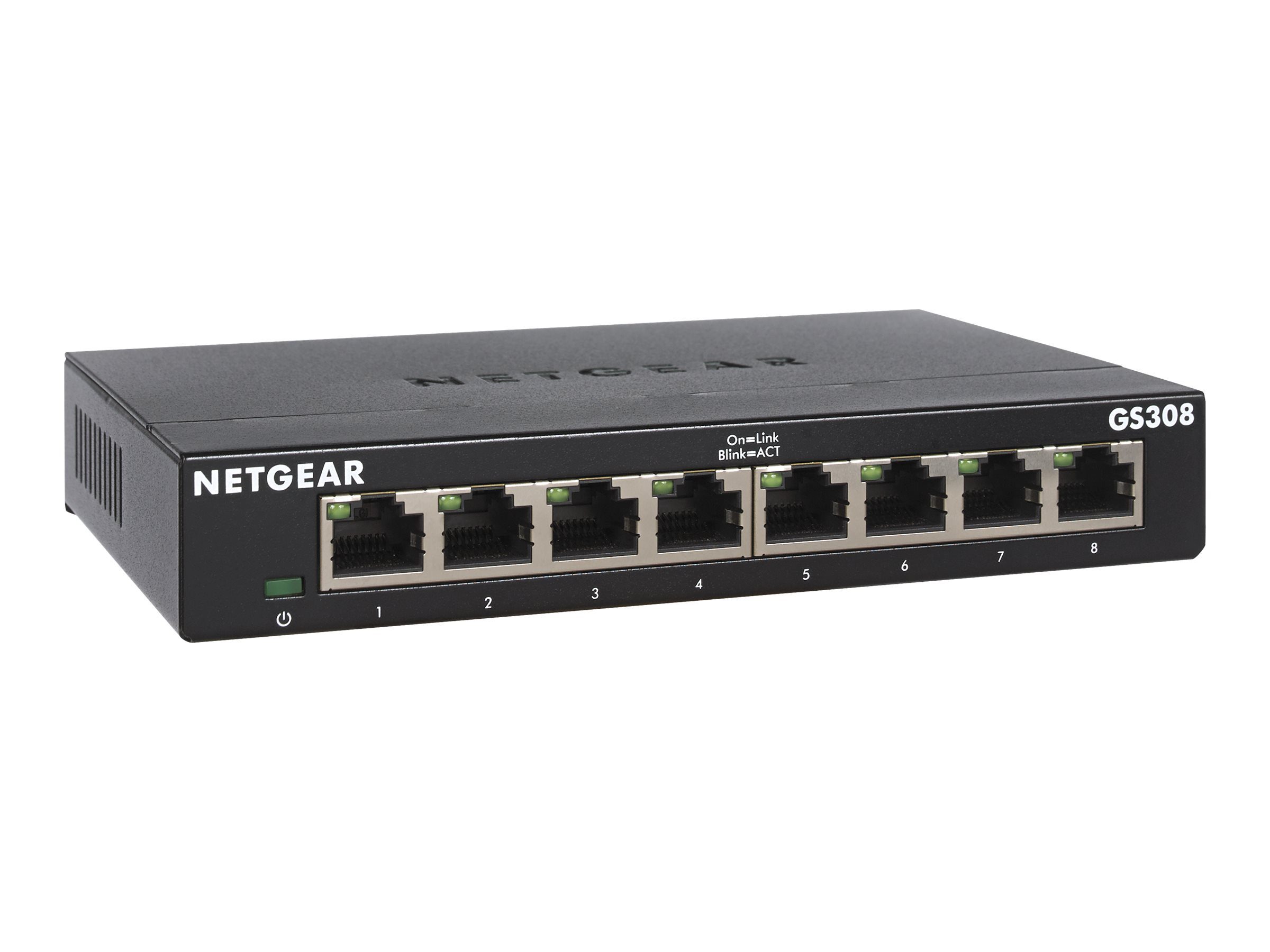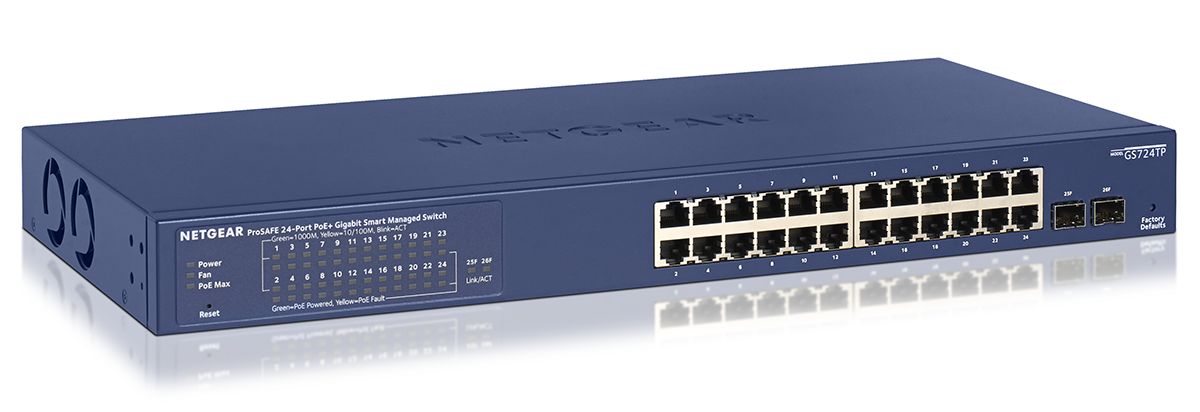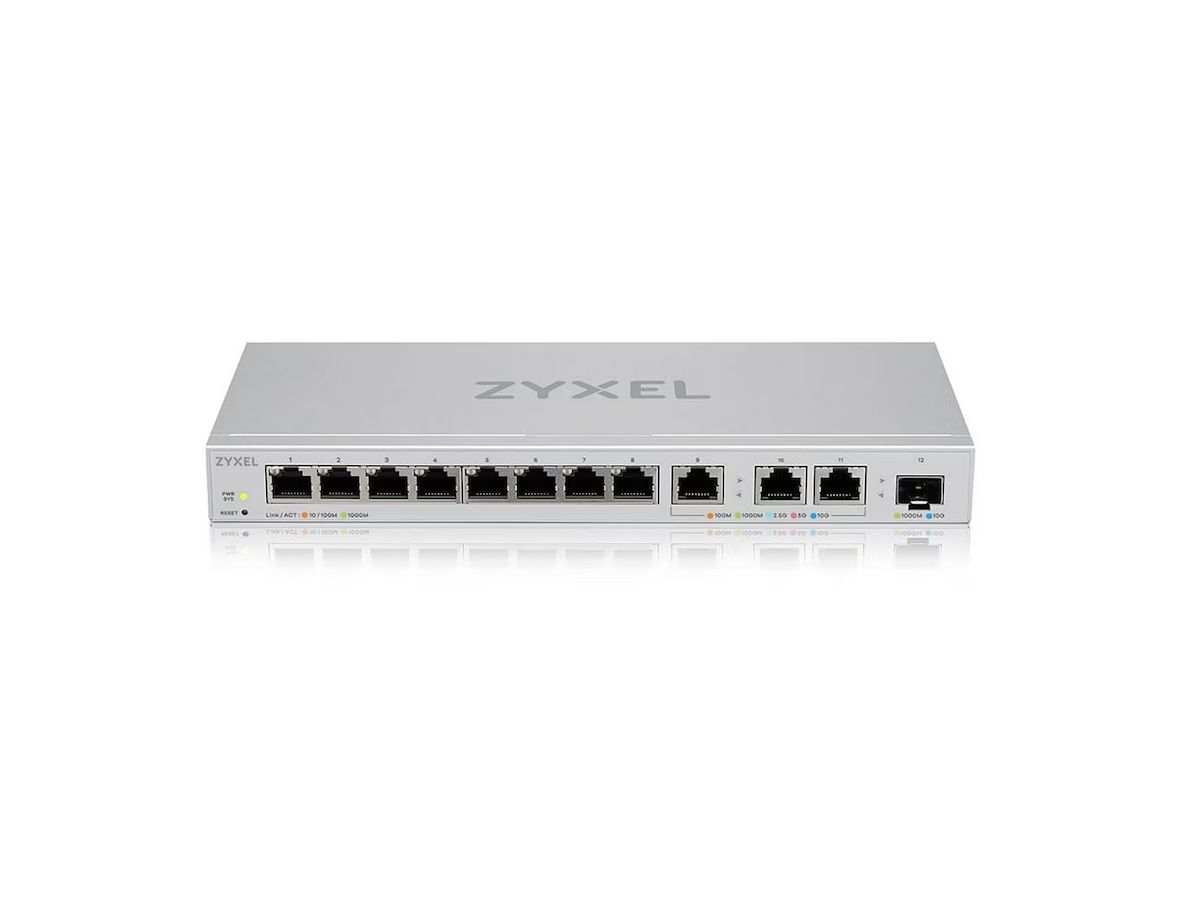Introduction
In the world of networking, the efficient transfer of data is paramount. Whether in a home, small business, or enterprise setting, the seamless flow of information between connected devices is crucial for productivity and communication. Network switches play a pivotal role in facilitating this data transfer, and among them, unmanaged network switches stand out as a fundamental component of many network setups.
Unmanaged network switches are essential devices that enable the interconnection of various network devices, such as computers, printers, servers, and more. Unlike their managed counterparts, unmanaged switches operate without the need for configuration, making them an attractive option for users seeking simplicity and plug-and-play functionality.
These devices form the backbone of many local area networks (LANs) and are designed to efficiently manage data traffic within a network. While they may lack the advanced features and customization options found in managed switches, unmanaged switches offer a straightforward and cost-effective solution for many networking needs.
In this article, we will delve into the world of unmanaged network switches, exploring their functionality, benefits, limitations, and ideal use cases. By gaining a deeper understanding of these essential networking components, readers will be better equipped to make informed decisions when setting up or expanding their network infrastructure. Let's embark on a journey to uncover the inner workings of unmanaged network switches and their significance in the realm of networking.
What is an Unmanaged Network Switch?
An unmanaged network switch is a fundamental networking device that serves as a central point of connection for various devices within a network. Unlike managed switches, unmanaged switches operate without the need for manual configuration, making them exceptionally easy to set up and use. These switches are commonly employed in small to medium-sized networks, where the primary focus is on establishing a reliable and straightforward network infrastructure.
At its core, an unmanaged network switch functions as a multi-port networking device that receives, processes, and forwards data to connected devices. It operates at the data link layer of the OSI model, enabling seamless communication between devices within the same network. The primary purpose of an unmanaged switch is to efficiently manage data traffic, ensuring that information is transmitted accurately and swiftly to its intended destination.
Unmanaged switches are available in various configurations, offering different numbers of ports to accommodate the specific needs of a network. They can range from small desktop switches with a handful of ports to larger rack-mounted switches with numerous ports, providing scalability to meet the demands of diverse networking environments.
These switches are designed for simplicity and ease of use, making them an ideal choice for users who prioritize plug-and-play functionality and hassle-free networking. They are often employed in environments where basic network connectivity and data transfer are the primary requirements, such as home networks, small offices, and certain segments of larger enterprise networks where simplicity and cost-effectiveness are valued.
Unmanaged switches are the foundation of many network setups, serving as the backbone that enables devices to communicate and share data seamlessly. Their straightforward nature and essential functionality make them a vital component of modern networking infrastructure, providing the necessary connectivity to support the myriad devices that form the fabric of today’s interconnected world.
How Does an Unmanaged Network Switch Work?
Unmanaged network switches operate on a simple yet efficient principle, enabling the seamless transfer of data between connected devices within a network. When a data packet arrives at the switch, it examines the destination address within the packet to determine the appropriate port for forwarding the data. This process, known as “packet switching,” allows the switch to efficiently direct information to its intended recipient.
One of the key features of unmanaged switches is their plug-and-play functionality. Upon connecting devices to the switch, it automatically detects and configures the connections, eliminating the need for manual intervention. This inherent simplicity makes unmanaged switches highly accessible to users who prioritize ease of setup and operation.
Unmanaged switches operate at the data link layer of the OSI model, specifically within the MAC sublayer. Each port on the switch is associated with a unique MAC address table, which maps the MAC addresses of connected devices to their respective ports. When a data packet arrives, the switch references this table to determine the appropriate port for forwarding the packet, ensuring that it reaches its intended destination without unnecessary broadcast transmissions.
These switches employ store-and-forward switching, where incoming data packets are stored briefly in memory before being forwarded to their destination. This process allows the switch to perform error checking on the packets, ensuring data integrity before transmission. Additionally, unmanaged switches support full-duplex communication, enabling simultaneous data transmission and reception on the connected devices, thereby optimizing network efficiency.
Unmanaged switches are designed to operate silently and reliably, providing seamless connectivity for devices within a network. Their robust yet straightforward functionality makes them an indispensable component of many networking environments, offering a foundational layer of connectivity that supports the efficient exchange of data among connected devices.
Benefits of Using an Unmanaged Network Switch
Unmanaged network switches offer several compelling advantages that make them an attractive choice for a wide range of networking scenarios. These benefits contribute to their widespread adoption and continued relevance in modern network infrastructure.
- Simple Setup: One of the primary advantages of unmanaged switches is their plug-and-play functionality, which eliminates the need for complex configuration. Users can simply connect their devices to the switch, and the network is ready for operation, making it an ideal solution for those seeking simplicity and ease of use.
- Cost-Effective: Unmanaged switches are often more budget-friendly than their managed counterparts. This affordability makes them an accessible option for small businesses, home networks, and other environments where cost considerations play a significant role in decision-making.
- Reliability: With their straightforward design and robust performance, unmanaged switches provide reliable connectivity for connected devices. Their inherent simplicity contributes to their stability, ensuring uninterrupted data transfer within the network.
- Low Maintenance: Since unmanaged switches operate without the need for manual configuration, they require minimal ongoing maintenance. This characteristic is particularly advantageous for users who prioritize a set-it-and-forget-it approach to networking.
- Scalability: Unmanaged switches are available in various configurations, offering different numbers of ports to accommodate the specific needs of a network. This scalability allows users to expand their network infrastructure as their requirements evolve, without the complexity often associated with managed switches.
These benefits collectively contribute to the appeal of unmanaged switches, positioning them as a practical and efficient solution for diverse networking needs. Whether in a home environment, a small office, or as a foundational component of a larger network, unmanaged switches provide the essential connectivity and data transfer capabilities that are vital to modern communication and productivity.
Limitations of Using an Unmanaged Network Switch
While unmanaged network switches offer valuable benefits, they also have certain limitations that warrant consideration, particularly in more complex networking environments. Understanding these limitations is crucial for making informed decisions about the suitability of unmanaged switches for specific networking requirements.
- Lack of Advanced Features: Unmanaged switches do not offer the advanced features and customization options found in managed switches. This limitation means that users may not have access to features such as VLAN support, Quality of Service (QoS) configuration, and port mirroring, which are essential for optimizing network performance in certain scenarios.
- Limited Control and Monitoring: Unlike managed switches, unmanaged switches provide minimal control and monitoring capabilities. This can be a drawback in environments where detailed oversight of network traffic, device management, and troubleshooting is essential.
- Reduced Flexibility: The lack of configuration options in unmanaged switches limits their flexibility in adapting to specific networking requirements. Organizations with complex networking needs may find the rigid nature of unmanaged switches to be a hindrance when attempting to tailor their network infrastructure to unique demands.
- Security Considerations: Unmanaged switches may pose security challenges in certain environments, as they lack the advanced security features and access controls available in managed switches. This limitation can be a concern in settings where stringent security measures are a priority.
- Scalability Constraints: While unmanaged switches offer scalability to a certain extent, their lack of advanced management features can limit their effectiveness in larger and more dynamic network environments. As networking requirements evolve, the absence of advanced management capabilities may become a hindrance to seamless expansion and adaptation.
It is important to weigh these limitations against the specific needs and constraints of a given networking environment. While unmanaged switches excel in simplicity and cost-effectiveness, their inherent limitations may necessitate the consideration of managed switches or other networking solutions in scenarios where advanced features, comprehensive control, and enhanced security are paramount.
When to Use an Unmanaged Network Switch
Unmanaged network switches are well-suited for specific networking scenarios where their inherent simplicity and essential functionality align with the requirements of the environment. Understanding the ideal use cases for unmanaged switches is crucial for effectively leveraging their benefits while mitigating their limitations.
- Small to Medium-Sized Networks: In environments with relatively straightforward networking needs, such as small offices, home networks, and certain segments of larger enterprise networks, unmanaged switches offer a practical and cost-effective solution for establishing essential connectivity among devices.
- Plug-and-Play Requirements: When rapid deployment and ease of setup are prioritized, unmanaged switches excel in providing plug-and-play functionality. This makes them an ideal choice for users who seek a hassle-free networking experience without the need for complex configuration.
- Basic Connectivity Needs: For scenarios where the primary requirement is to establish basic connectivity and facilitate data transfer among devices, unmanaged switches offer a straightforward and reliable solution. This can include environments where the focus is on general internet access, file sharing, and internal communication.
- Budget-Conscious Environments: In settings where cost considerations play a significant role in networking decisions, such as small businesses, startups, and home setups, unmanaged switches provide an affordable networking solution without sacrificing essential connectivity capabilities.
- Static Network Environments: In stable network environments where dynamic configuration changes and advanced management features are unnecessary, unmanaged switches offer a stable and dependable networking foundation. This is particularly relevant in setups where the network topology remains relatively static over time.
By identifying these use cases, network administrators and users can make informed decisions about the suitability of unmanaged switches for their specific networking requirements. While managed switches may be better equipped to address complex and dynamic networking needs, unmanaged switches shine in environments where simplicity, reliability, and cost-effectiveness take precedence.
Conclusion
Unmanaged network switches play a pivotal role in the realm of networking, offering a straightforward and reliable solution for establishing essential connectivity among devices within a network. Their plug-and-play functionality, cost-effectiveness, and robust performance make them an attractive choice for a wide range of networking scenarios, particularly in small to medium-sized environments where simplicity and essential functionality are valued.
While unmanaged switches come with certain limitations, such as the lack of advanced features and configuration options, their benefits make them an indispensable component of many network setups. Their scalability, reliability, and low maintenance requirements contribute to their appeal, providing users with a foundational layer of connectivity that supports seamless data transfer and communication among connected devices.
By understanding the ideal use cases for unmanaged switches and considering their limitations, network administrators and users can make informed decisions about integrating these devices into their network infrastructure. Whether in a home network, a small office, or as a foundational component of a larger enterprise setup, unmanaged switches offer the essential connectivity and data transfer capabilities that are vital to modern communication and productivity.
As networking technology continues to evolve, unmanaged switches remain a steadfast and accessible solution for meeting basic networking needs. Their simplicity, reliability, and cost-effectiveness position them as a valuable asset in the diverse landscape of network infrastructure, ensuring that essential connectivity remains a cornerstone of efficient and seamless data transfer in the digital age.







